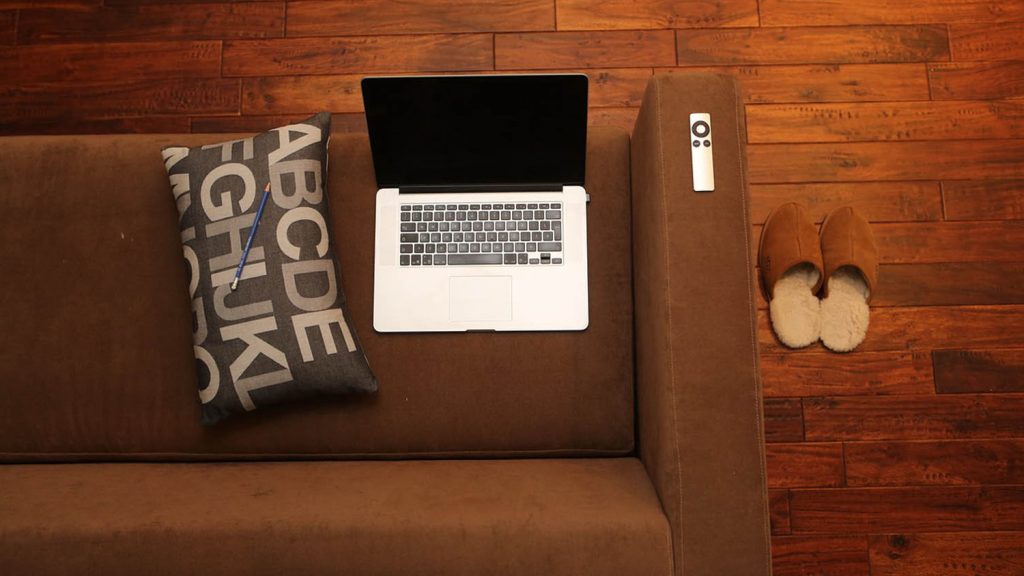New technology options continue to transform ways of working, it’s time for the product design and engineering sector to think how these tools might also boost workforce diversity, writes Stephen Holmes
As I write this column, I’m seated comfortably on my own sofa, bathed in natural light, the tapping of my keystrokes accompanied by the sound of a small dog snoring loudly down by my feet.
While most working conventions have loosened up a little since the pandemic years, I still realise that I’m lucky to get to work like this most days.
That doesn’t stop me, however, from taking an interest in how and where others spend their working hours. Visiting other people in their workplaces is one of the privileges of my job.
I spend hours each year on factory tours, sitting down in design offices, peering over the shoulders of engineers, or being briskly whisked through secretive facilities. As a result, I perhaps have a broader perspective on the wide range of working habits and environments out there than others.
I’ve seen the modern playgrounds of software developers, equipped with pick ’n’ mix stations and slides; the pristine operating theatres of the F1 world with their gloss white floors and walls; the charred-black surfaces and intense heat of foundries; and the cookie-cutter office pods of giant corporations, where desks and cubicles repeat over spaces the size of football pitches.
Every visit I make is enlightening, opening a doorway to another world. No two are the same. Like a local’s bar in some shadier part of town, the interiors of most workplaces are typically seen only by ‘regulars’, who tend to forget what their surroundings must look like to an outsider who strays in off the street.
A workplace mishmash
While other industries seem have come to some sort of unofficial, loose agreement on what workplaces should look and feel like, it seems that our own industry’s mishmash of characters, creatives, scales and sizes means no two studios, workshops or facilities are alike.
I’ve seen lightweight, hyperfunctional design studios that are little more than two desks and a couple of workstations packed into a garden shed. Then there are others that resemble the expansive lairs of movie villains, built of expensive marble, chrome and no doubt the sweat of many interns.
Even on all the identikit industrial estates I’ve wandered through, lost and typically requiring directions from the inevitable burger van selling dubious meat-in-bread concoctions, every company has a different image or personality.
Either way, workplace satisfaction marries up with high employee engagement. Making our workspaces productive, comfortable, inclusive (do female employees have a three-mile hike to their toilet?) and, dare I say, more fun is often at the bottom of many companies’ priority lists, but I strongly believe it’s worth considering.
Technology enablement
Much of it comes down to technology. I’m free to swan about and work wherever I please thanks to the portability of my laptop. However, someone spending hours immersed in a CAD model, simulation analysis or visualisation is typically chained to their workstation.
Will this change as we creep towards a more cloud-enabled world, freed from the power of the black boxes under our desks?
Cloud-based tools are marketed to us as being able to harness more compute power, transforming the speed with which we can develop new products, but they will likely impact the work patterns and environments of those involved.
If we’re serious about adding diversity to the profession, then adding more flexibility to how we work might give it more appeal
Software developers also see a coming change. This year’s D3D 30 features several excellent communication and collaboration platforms purpose-built for designers and engineers, which are now available to keep teams connected, wherever they are based.
If we’re at all serious about adding more diversity to the profession – more women, more people with disabilities, those who don’t want to live in a satellite town near the M25 or Cambridge – then adding more flexibility to how we work might give it more appeal.
I think that in-person working, ideation and workshops will all remain key elements of our industry – but may I also suggest a bit more time away from cubicles, soulless office complexes, and grinding commutes?
I think most of your staff would welcome that. Sofas and snoring dogs optional.
This article first appeared in DEVELOP3D Magazine
DEVELOP3D is a publication dedicated to product design + development, from concept to manufacture and the technologies behind it all.
To receive the physical publication or digital issue free, as well as exclusive news and offers, subscribe to DEVELOP3D Magazine here






